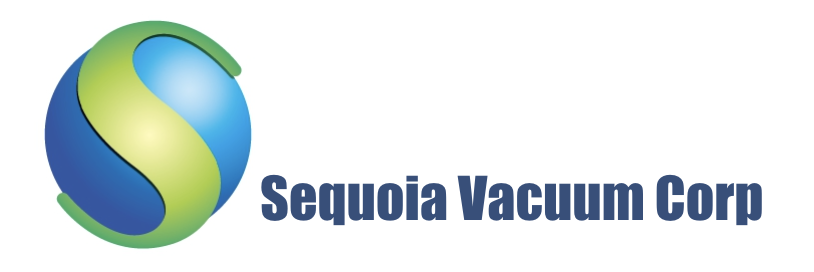A laser beam vaporizes a target material producing a film with the same composition as the target. The main advantages is in the simple structure. It is easier to obtain the desired film stoichiometry for multi-element materials using PLD than with other techniques.

a) Laser beam is focused onto a target vaporizing the material. Ejected material is ionized and forms the ablation plume which is directed towards the substrate.
b) RF plasma enhances pulsed laser
c) Gas-pulse combined with PLD, known as pulse reactive crossed beam ablation, causes two beams to merge after passing the interaction zone and expand together.

Pulsed Laser Deposition:
- Multiple component oxides
- Super conductors
- Magnetic, metal, and dielectric
- Organic materials
- MEMS
Ablation:
- Integrated Excimer Laser
- Scanning Laser Optics
- Integrated surface analysis
Advantages:
- Large pressure range from <10-7 mbar to 1 mbar
- Large degree of freedom in the ablation geometry (laser outside the vacuum)
- Pulsed laser enables precise control over the growth rate (monolayer per pulse)
- Many materials or combinations can be used
Disadvantages:
- Background gas is required for the film of light elements such as oxygen
- Particles from the target can be ejected affecting the film due to laser energy.
Polymer film transfer
As for metals and oxides, PLD of polymers has been successfully applied. The process is only for certain polymers such as Teflon and PMMA. For sensitive materials, matrix-assisted pulsed laser evaporation (MAPLE) was developed using frozen solvent target containing materials to be deposited. Upon irradiation (the matrix) the solvent is evaporated together with the molecules of interest.
